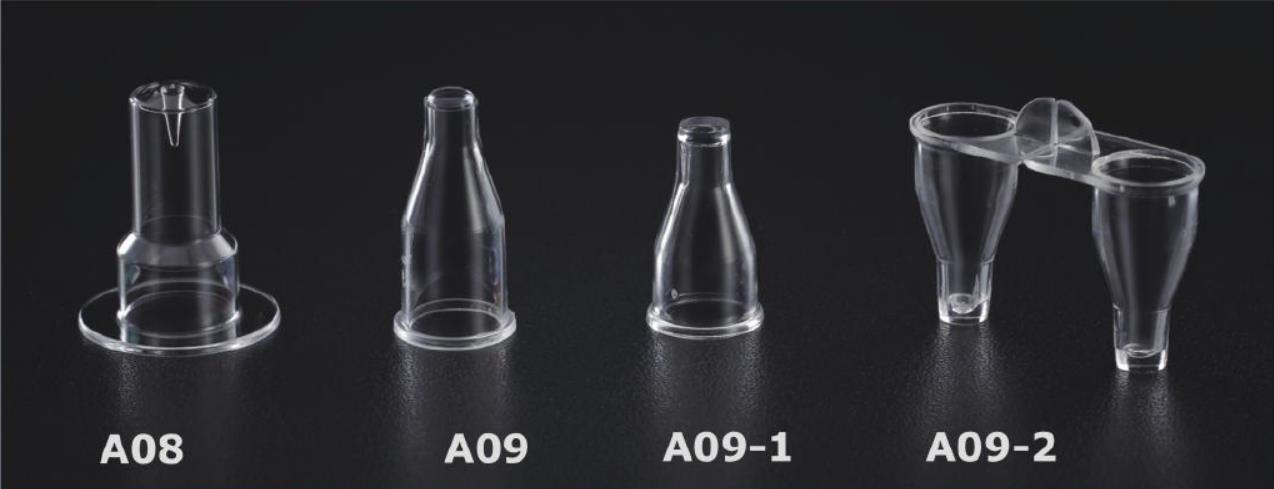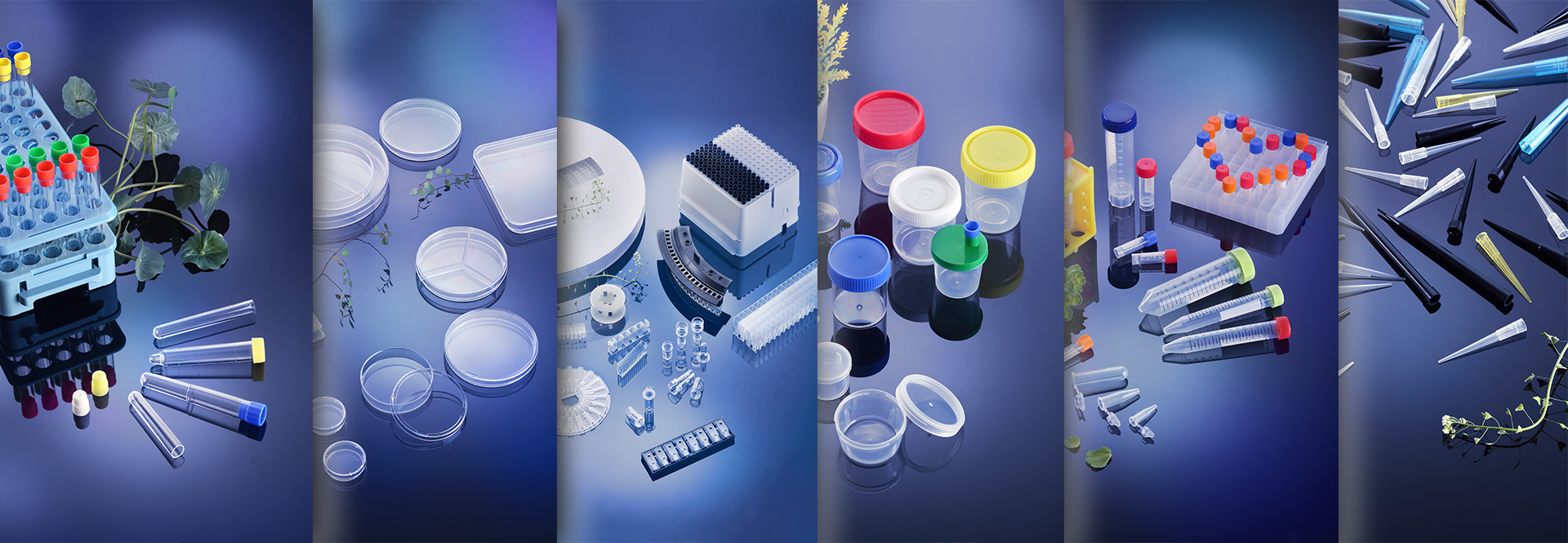Cuvettes are essential laboratory tools used to hold samples for analysis in various scientific disciplines. These small, transparent containers are commonly made of quartz, glass, or plastic, and they come in different shapes and sizes. Whether you are involved in spectrophotometry, fluorescence measurements, or DNA quantification, understanding the importance of cuvettes and how to care for them is crucial to obtaining accurate results. In this article, we will delve into the various types of cuvettes, highlight their applications, and provide tips for maintaining their quality and longevity.

Item No | Description | Packing Info. | Qty./Case(pc) | Case Size(cm) |
A08 | Cuvettes match with German Sigma KC-40 Coagulometer(Size:small) | 1000pcs/bag X 12 | 12000 | 56X35X31 |
A09 | Cuvettes match with German TECO Coagulometer,single hole(Size:large) | 1000pcs/bag X 25 | 25000 | 56X35X31 |
Cuvettes, the remarkable vessels that hold samples for analysis, play a vital role in scientific experiments and measurements. They serve as the bridge between your sample and the analytical instrument, impacting the accuracy and quality of results. Understanding the different types of cuvettes, exploring their applications in diverse scientific fields, and learning how to maintain them properly are crucial for any laboratory professional.
Various types of cuvettes are available, each designed to suit different analytical needs. Quartz cuvettes are renowned for their excellent optical properties, allowing for accurate and precise measurements in spectrophotometry and fluorescence experiments. Glass cuvettes, on the other hand, are commonly used in routine laboratory work due to their affordability and ease of cleaning. Plastic cuvettes offer a cost-effective alternative while providing excellent chemical resistance, making them well-suited for assays involving aggressive reagents.
The applications of cuvettes span a broad spectrum of scientific disciplines. In life sciences, cuvettes find extensive use in DNA and protein quantification, enzyme activity assays, and cell viability measurements. They are indispensable in clinical laboratories for analyzing blood samples and determining various biomarkers. Chemical and pharmaceutical industries rely on cuvettes for analyzing reaction kinetics, drug concentration, and quality control. Furthermore, cuvettes have wide applications in environmental monitoring, food analysis, and forensic science.
Proper maintenance is key to prolonging the lifespan and preserving the accuracy of cuvettes. Cleaning after each use is essential to avoid the carryover of contaminants that can affect subsequent experiments. Use a mild detergent or cleaning solution, followed by thorough rinsing with distilled water to ensure no residue remains. Take caution when handling cuvettes to prevent scratching the optical surfaces, as even minor scratches can affect light transmission. Store cuvettes in a clean, dust-free environment, ideally in cuvette racks or protective cases to prevent damage and contamination.
In conclusion, cuvettes are indispensable tools in analytical laboratories across various scientific domains. Selecting the right type of cuvette for your applications, understanding their diverse uses, and adopting proper maintenance practices are paramount to obtaining reliable and accurate results. By taking the time to learn about the intricacies of cuvettes, you will elevate your laboratory practices and contribute to the advancements of scientific research.

Contact: Neo
Phone: 008615867460640
E-mail: Info@Hwtai.com
Whatsapp:008615867460640
Add: Building 2, Xinmao Qilu Science Technology Industrial Park, Tianqiao District, Jinan City, Shandong Province,China.
We chat
